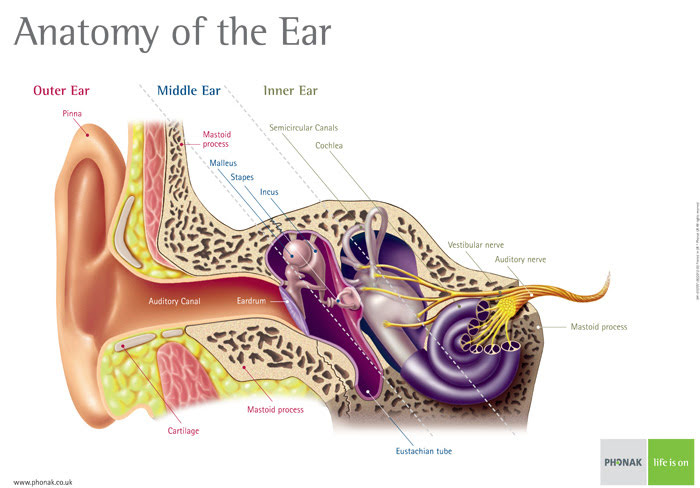I read an excellent article recently on the Hearing journal called Inner Ear Drug Delivery Tomorrow's Treatment for Hearing Loss? The article takes an in-depth look at the evolving space of drug treatments for hearing loss. It details the fascinating breakthroughs that are making new hearing loss treatments possible. It certainly appears that in the future, preventative therapy and gene therapy may make permanent hearing loss a thing of the past. This is big business, according to the World Health Organisation, there are 466 million people, 34 million of whom are children, across the world with what they term disabling hearing loss. They also believe that it will rise to 900 million (or one in 10 people) by 2050. Unlike other medical conditions with such a vast global market for treatment, surprisingly, there is no approved drug available for the treatment or prevention of inner ear disorders. That is about to change dramatically though, the pharmaceutical industry has taken notice, and it has led to the development of new hearing loss companies.

According to the Hearing Journal article, there are now 43 pharmaceutical companies developing inner ear therapies and drug delivery systems. Those companies are working on diverse problems like ototoxicity (damage to the inner ear) from medications such as cisplatin to Meniere's disease. The treatment solutions include otoprotection (basically compounds that protect the structures of the inner ear from damage), inner ear hair cell regeneration, and gene therapy. While many of the products are in different phases of development (pre-clinical and clinical trials), they are all aiming to come to market in the next few years. For any of these treatments to work, the key is getting them into the inner ear. That is not necessarily as simple as taking a pill or getting an injection.
Getting it Into Your Inner Ear
There are three ways to get a drug or treatment into your inner ear:
- Intratympanic, substance injected through your eardrum and is absorbed through the round window of the cochlea (can be dangerous)
- Intracochlear, substance introduced straight into the cochlea by injection (the most dangerous method)
- Systemic, typical treatment such as taking a pill or getting a shot
While Intratympanic and intracochlear are preferred routes, there is a significant focus on systemic delivery moving forward because it is both less dangerous and more comfortable for the Patient. It would be the safest and easiest form of treatment, it would also be the cheapest form of treatment.
Why Can’t I just Take a Pill?
The inner ear has a protective barrier (called the blood-labyrinth barrier) that acts to stop foreign bodies getting into it, just like the blood-brain barrier. That means that a systemic approach may not work because our understanding of that barrier and how it works is in its infancy. Basically, they don’t know what they can get through it. However, systemic delivery is the most desired route for future treatment options because it poses a low risk of developing complications, and is a more straightforward treatment model.
What’s New?
There have been improvements in both the targeting of drugs and the retention in the cochlea. There have also been improvements in gene and stem cell therapy for inner ear hair cell regeneration. Alongside these, there are also new methods to deliver drugs to the cochlea. All of this adds up to possible new treatments that we can expect to see come to culmination within perhaps the next five years.
None of this though will be without risk, intratympanic injections and intracochlear injections can lead to permanent and un-correctable deafness. Certainly, in the case of intracochlear treatment, it will involve surgery. That is why researchers are focused on and will continue to strive towards treatments that can be delivered systemically. We can expect a great deal of research to be undertaken on the blood-labyrinth barrier in the future.
An understanding of how it works and how we can manipulate the function to deliver treatments is key to finally delivering a straightforward and permanent solution for hearing loss. Dare I say, a cure. Like us on Facebook by clicking the button below to keep up with the latest news and views from the hearing loss world.










